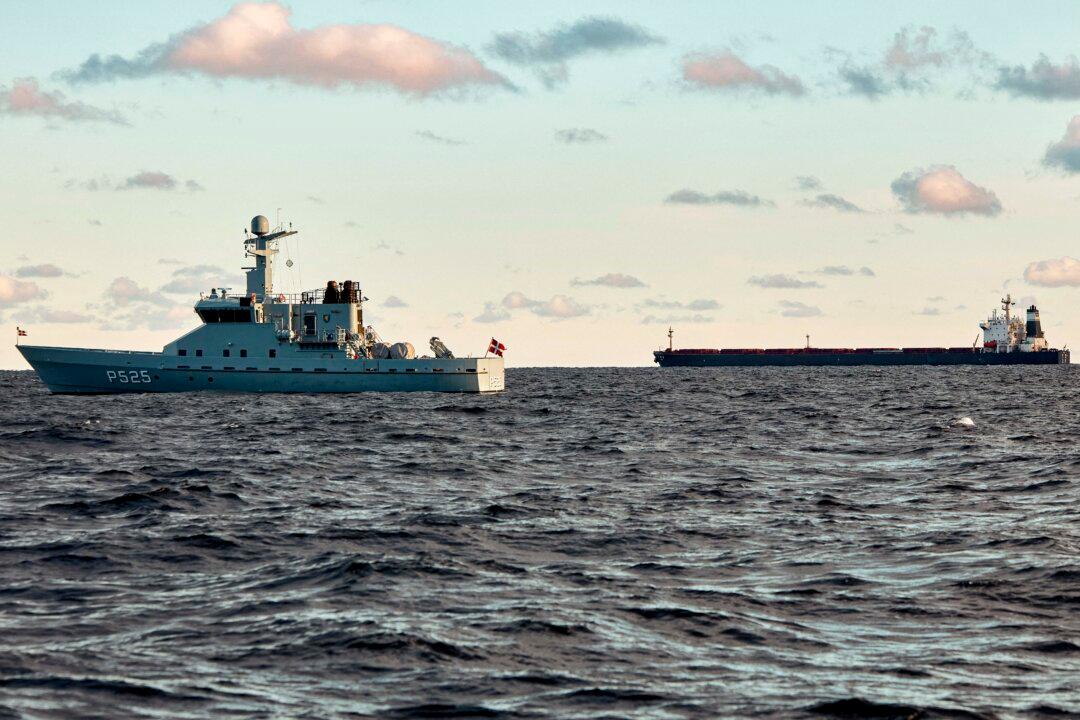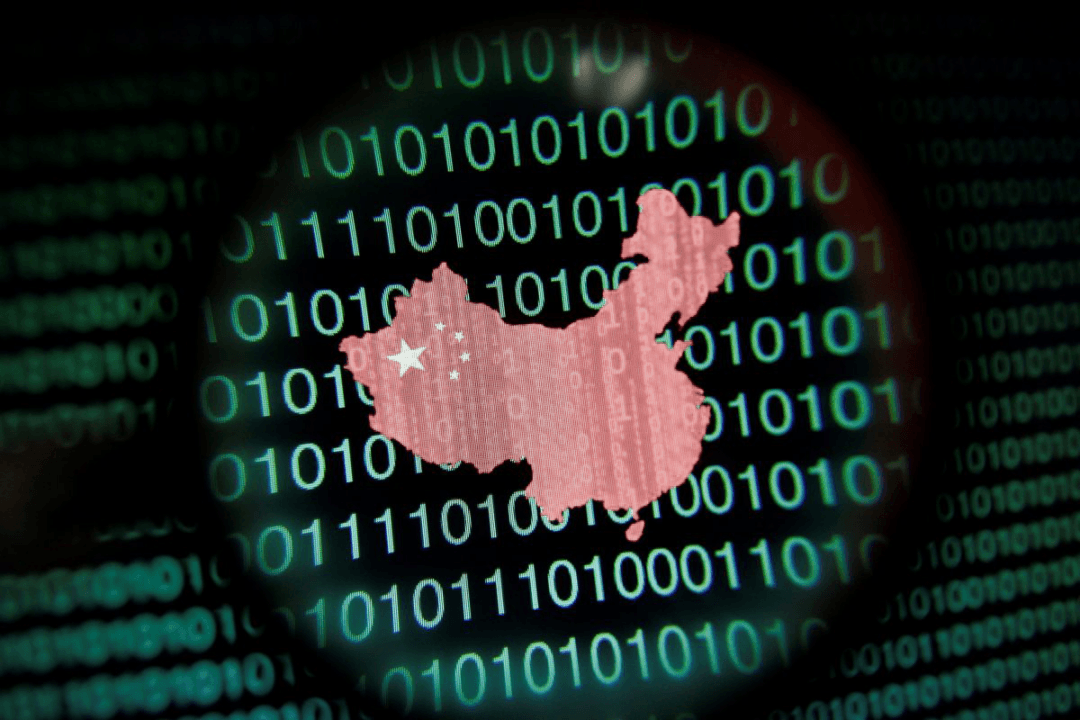Commentary
Cable Routing Protocols
The rapid construction of undersea cables has brought a hidden but crucial issue into focus: the manipulation of the protocols that control how data travel beneath the sea. These protocols determine the pathways internet data take, influencing speed, costs, and even exposure to surveillance. Even small changes in these pathways can tilt the global balance of digital power. The Chinese regime’s increasing role in this area demonstrates how technology can be used strategically to reshape geopolitics.At the heart of this issue is a technology called Software-Defined Networking (SDN). SDN allows data traffic to be managed and optimized in real time, improving efficiency. But this same flexibility makes SDN vulnerable to misuse. Chinese tech companies such as HMN Tech (formerly Huawei Marine Networks), ZTE, and China Unicom are leading the way in SDN development. The Chinese regime also holds sway in international organizations that set the rules for these technologies, such as the International Telecommunication Union (ITU) and the Institute of Electrical and Electronics Engineers. This influence gives the Chinese Communist Party (CCP) a hand in shaping global standards and governance.


